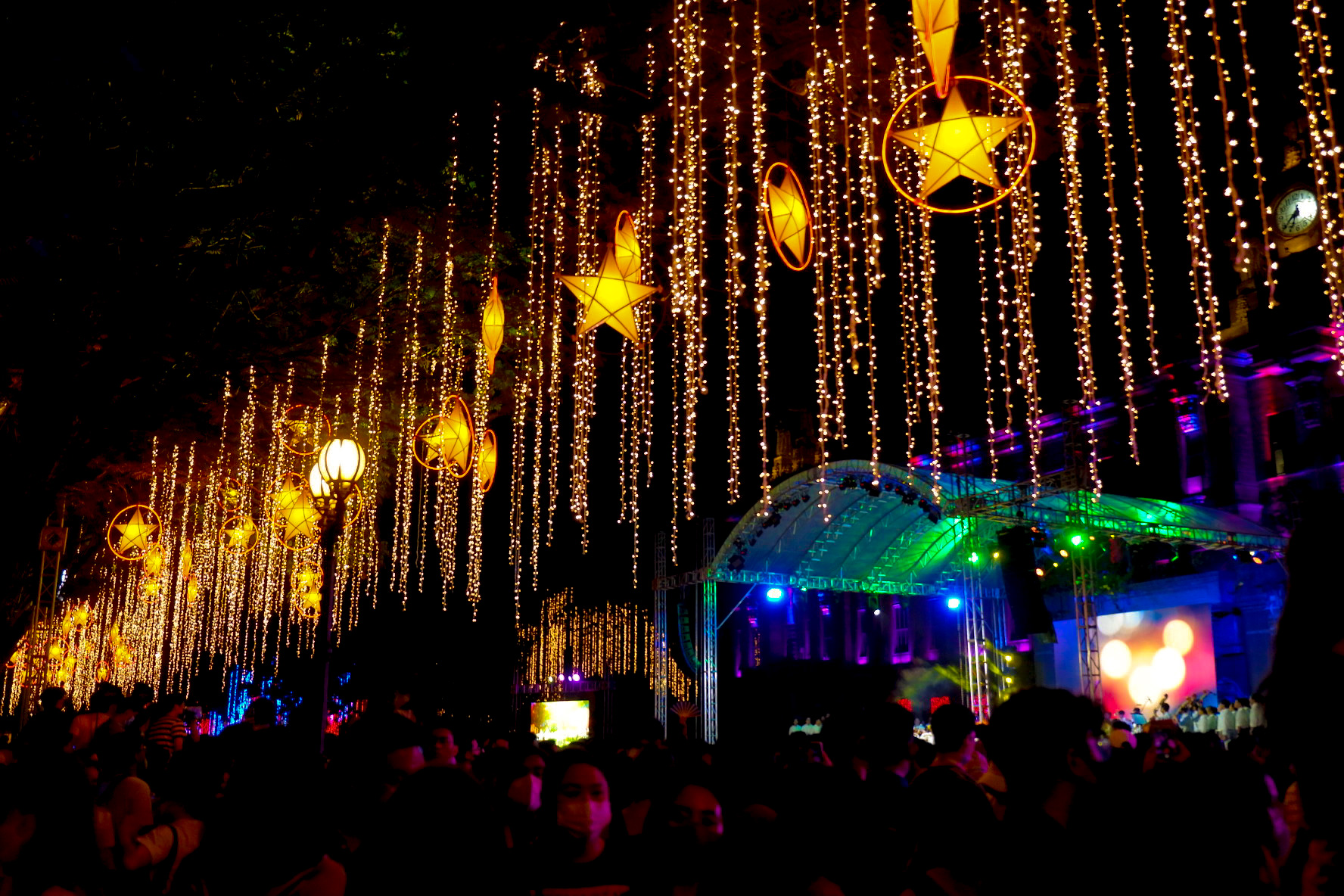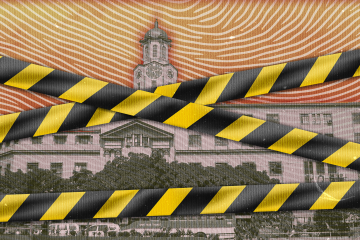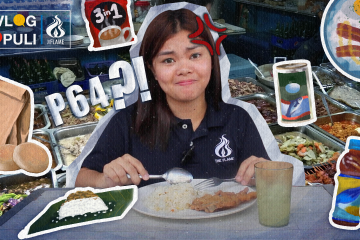
THE PHILIPPINES is known to have the longest celebration of Christmas. It arrives as early as September as homes, malls, and streets begin to be adorned with holiday lights and decorations.
Filipinos conduct gatherings left and right. Then, on Christmas eve, families remember the birth of Jesus Christ together around one table.
But because of the restrictions brought by the pandemic, Filipinos found other means to celebrate Christmas.
UST Department of Interdisciplinary Studies Assoc. Prof. Maria Vida Caparas said the spirit of resilience among Filipinos has been ever-present since the pandemic’s onset.
She said that many became “very adaptable, more contemplative, and more reflective” despite challenges and losing loved ones.
“Definitely, while we still have the spirit of Christmas, it was more reflective and we came to know about the real meaning of life, of course, that’s for one. And still, of course, Christmas is still in the air, we can’t deny it but the spirit of resilience is still there,” Caparas said.
UST Sociology professor Frederick Rey saw that the social psyche of celebrating Christmas remains the same and the intimacy is well within its “natural orbit.”
“The collective conscience of a closely knit family [continues] to characterize how Filipinos view the family,” Rey said.
But he also acknowledged that the current situation opened opportunities for Filipinos to reinvent social relations in fulfilling their obligations.
Noemi Estrella, also a UST Sociology instructor, noted that this is not the first time Filipino traditions have changed, given the calamities and other disasters that challenged their celebration of Christmas.
“Based on the custom, upbringing and activities of every Filipino in any part of the Philippines and the world, their traditions during Christmas did not change. The ways did— the way they celebrated and [did] the traditions—but not totally,” Estrella said.
In the holiday spirit, virtually
Among the changes, which the professors noted, is how families have incorporated digital technology in every aspect of the holiday celebrations.
A 2021 report from firms Hootsuite and We Are Social showed that internet users in the Philippines have increased by 6.1% since 2020.
Caparas said Filipinos learned to communicate with their loved ones through digital platforms and conference calls. As most gatherings are held personally nowadays, they still primarily plan it online, she said.
The professor further explained that video conferencing became a venue for Christmas gatherings; mobile wallet applications are now used to send aguinaldo; and gifts can now be virtually bought through various e-commerce companies.
“We are still able to celebrate Christmas the way we wanted it to be in terms of bonding via digital technology and all,” Caparas said.
“And we say that once you are determined, nothing can really stop you.”
Statista showed that an average of 60 million Filipinos are using the mobile wallet app GCash; while 72 million and 37 million Filipinos visit Shopee and Lazada, respectively.
Estrella, albeit prefers the pre-pandemic way of celebrating Christmas traditions, acknowledges how the digital world has shaped and dominated some familial gatherings.
“This time, [the bonding] has increased even more. You reconnect with your friends; you have ample time to do that because you work from home, (and) you’re not under too much pressure on your time,” she said.
Keeping it sacred, everyone protected
Despite the pandemic restrictions and shift of activities to digital platforms, Estrella said the “sacredness” of the holidays remained the same.
Churches continued the tradition of setting up nativity scenes, hanging of parols, caroling—all of which could be watched online, she said.
Estrella acknowledged that there are “shifts” in how Filipinos observe Christmas traditions. But she stressed that these have “not altered the essence of Christmas.”
“[The sacredness] is still there. Our concept of giving, loving, renewal of hope and family is still there. These still were not affected by the pandemic because our culture is intact,” Estrella said.
“We became very creative in terms of expressing our love for our relatives, our friends, it became digital. We were able to utilize the social media in sending like Christmas greetings via text, via Twitter, via Facebook, and a lot more,” Caparas said.
Although Filipinos’ celebrating Christmas has become dependent on technology, Caparas said many have grown “more spiritual, more contemplative, and reflective” as they have discovered the true meaning of life.
For Rey, despite how the pandemic has presented alternatives on how to spend Christmas, he believes that Filipinos would still revert to the traditional manner of celebrating Christmas.
“This (pandemic experiences) however is simply an alternative and the Filipino families will continue to cling to its centuries-old ways of celebration,” he said.
Intensified compliance amid eased protocols
The celebration of Christmas is slowly returning to ‘normal’ as the health protocols ease.
For instance, the University celebrated the Paskuhan festivities— Agape and the Paskuhan concert—face-to-face again after two years. But Estrella observed differences.
“If you look at it, Paskuhan was a bit sad last year but still happy overall. ‘Others are quite hesitant to go with big crowds, but there are others who are brave enough. There are others who do not fear socializing with many people as of now because if not now, when?” she said.
Despite the leniency, infectious disease expert Dr. Francis Balaoro warned the public of the dangers while attending in-person gatherings as the virus is still present.
“Based on our current situation, there are new variants that are being monitored. Thus we can say that the virus is continuously evolving,” Balaoro said.
The latest data from Dec. 8 to 14 from the Department of Health (DOH) reported a total of 6,799 active COVID-19 cases.
Just recently, the country recorded the first four cases of the Omicron subvariant BF.7. It is the subvariant that primarily surged in China—based on the latest genome sequencing result conducted by the University of the Philippines – Philippine Genome Center.
Balaoro urged the public on the importance of adhering to the standard protocols set by the authorities.
“Christmas traditions can creatively be celebrated in various ways. What’s important is that we keep in mind the true meaning and reason of the celebration, and at the same time consider the safety and wellness of one another,” she said.
Meanwhile, Caparas, who is grateful to be able to survive the two years of the pandemic, noted one thing about Filipino values.
“But of course, one of the values of Filipinos, we are also very compliant to authorities, definitely we are. That’s why we learn how to strike a balance between celebrating Christmas, feeling its spirit, and at the same time, being compliant with health protocols,” Caparas said. F – Jasmine Mae Alarde and Pauline Nicole Bautista



